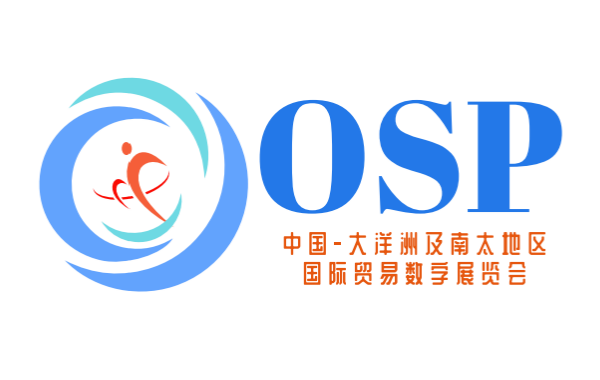The Kiribati government recently decided that Kiribati will make further international cooperation to improve agricutural producivity. The Kiribati Government, the Food and Agriculture Organization of the United Nations, the Pacific Community and others have jointly prepared the Kiribati Agriculture Strategy 5-Year Action Framework (2022-2026). By training agricultural professionals and increasing financial input, the difficulties faced by the country's agricultural development will be gradually solved.
Kiribati is located in the central Pacific, where the majority of working population work on self-supporting agriculture. In recent years, Kiribati has made efforts to increase agricultural production and promote exports of major agricultural products as important means of poverty reduction. So far, the country's South Tarawa Island and other areas mainly grow coconut, breadfruit, pumpkin, taro, sweet potato, cassava and other crops. Among them, coconut is an important cash crop and agricultural export in Kiribati, and the country has made increasing coconut production one of the priorities of the government. The country's coconut production is expected to reach 147,000 tons by 2026.
The land area of Kiribati is 811 square kilometers, and the natural conditions of agricultural production are more restricted. To help Kiribati develop agriculture, China sent its first aid group in October 2020. Chinese agricultural experts led local farmers to collect sand under coconut trees, pile it into cultivation beds, and make compost. In order to solve the problem of agricultural water use, agricultural experts guided farmers to use mulch technology, establish rainwater collection systems, and build water-saving irrigation equipment.
Niu Jinguo, head of the second batch of China's aid to Kiribati fisheries team, told reporters that in order to help improve local crop production, the aid team also introduced high-quality crop varieties with strong resistance to drought, high temperature, disease and insect pests. At present, varieties such as Chinese cabbage, long eggplant and Mimoto pumpkin are growing well and are welcomed by local farmers. The Agricultural and fishery technical team has carried out technical training on vegetables, aquaculture, aquatic products and agricultural machinery, and taught farmers farming techniques hand by hand. Chinese agricultural experts also comprehensively used techniques such as seedling cultivation and crop rotation to cultivate and introduce 42 kinds of vegetables and fruits, enriching the local vegetable basket.
When the reporter interviewed the demonstration base of China Agriculture and Fisheries Assistance Group in the eastern suburbs of Tarawa, the capital of Kiribati, he was catching up with the graduation ceremony of the trainees at the base. Student Naomi Ronita told reporters that after six weeks of intensive learning, 68 students obtained the completion certificate and initially mastered the technology of vegetable planting and poultry farming. "In the past three years, under the teaching of Chinese agricultural experts, more than 950 students have grown into technical backbones to help the agricultural development of Kiribati."
(Editor: He Xin)
Original from: People’s Daily, Nov. 21
